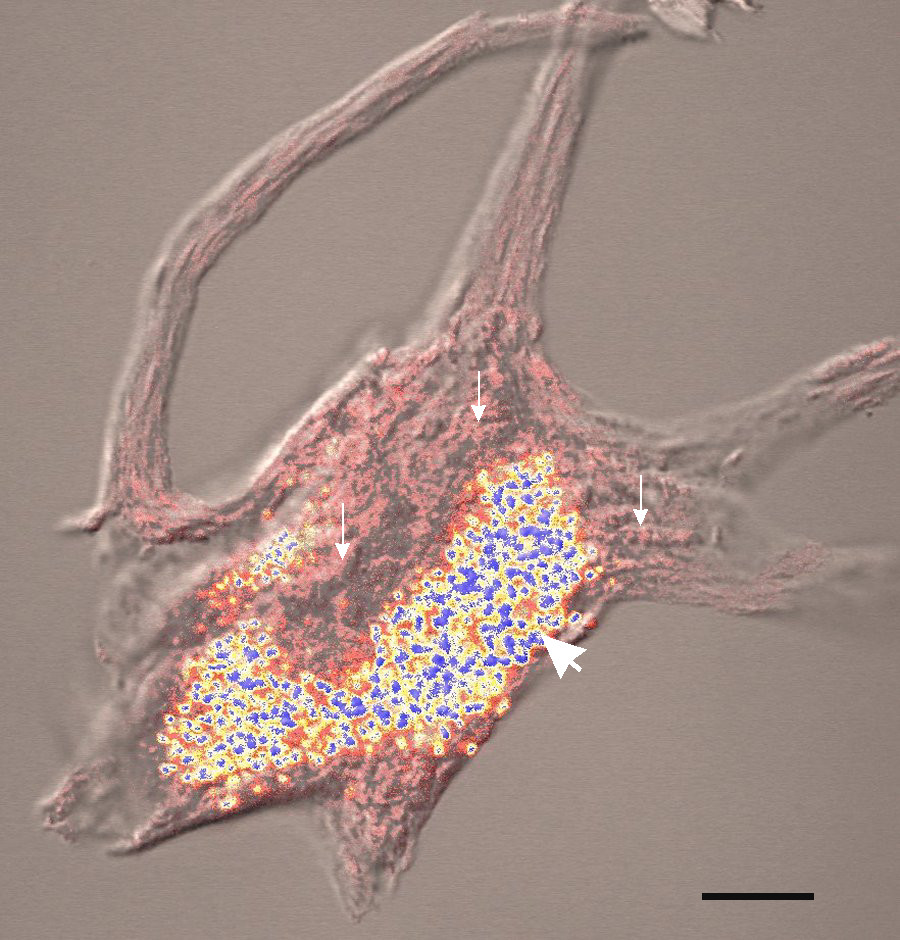Neuronal Ceroid Lipofuscinosis

Neuronal ceroid lipofuscinosis (NCL) refers to a group of conditions that affect the nervous system. Signs and symptoms vary widely between the forms but generally include a combination of dementia, vision loss, and epilepsy. Although the NCLs were historically classified according to their age of onset and clinical symptoms, the most recent classification system is primarily based on their underlying genetic cause. Most forms are inherited in an autosomal recessive manner; however, autosomal dominant inheritance has been reported in one adult-onset form (neuronal ceroid lipofuscinosis 4B). Treatment options are limited to therapies that can help relieve some of the symptoms.
The Batten Disease Support and Research Association (BDSRA) has more information about the different types of NCL.
Please note: Batten disease originally referred specifically to the juvenile and most common form of NCL, now known as CLN3. However, the term Batten disease is increasingly used to describe all forms of NCL. All types of NCL also belong to a larger group of diseases known as lysosomal storage disorders.
The Batten Disease Support and Research Association (BDSRA) has more information about the different types of NCL.
Please note: Batten disease originally referred specifically to the juvenile and most common form of NCL, now known as CLN3. However, the term Batten disease is increasingly used to describe all forms of NCL. All types of NCL also belong to a larger group of diseases known as lysosomal storage disorders.